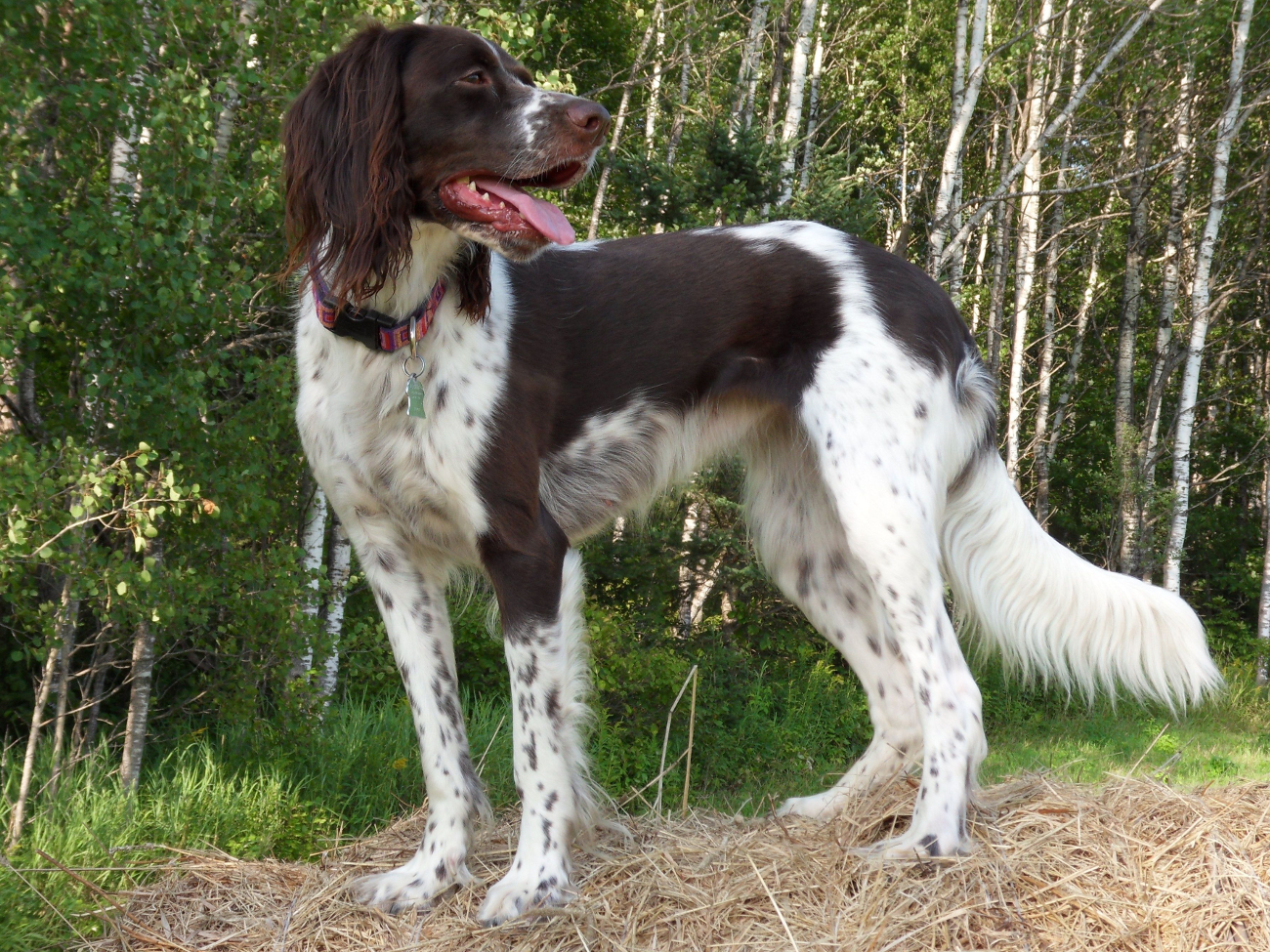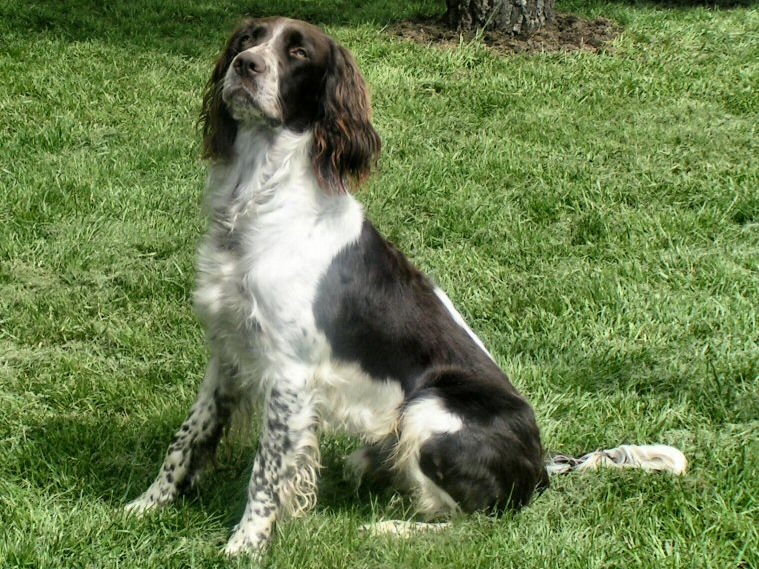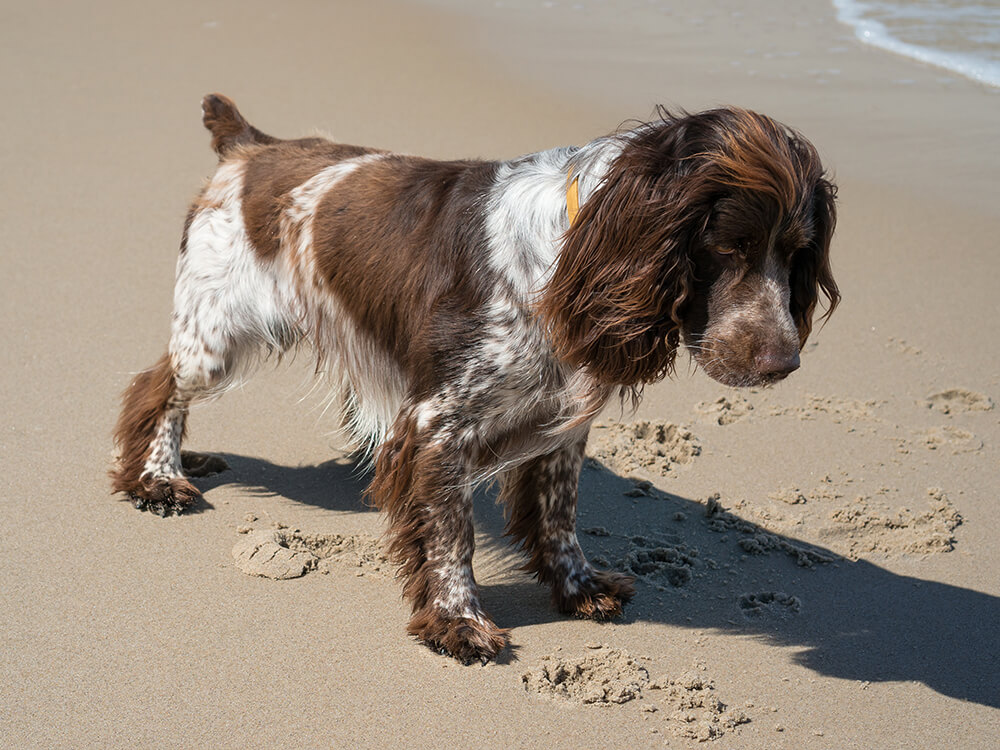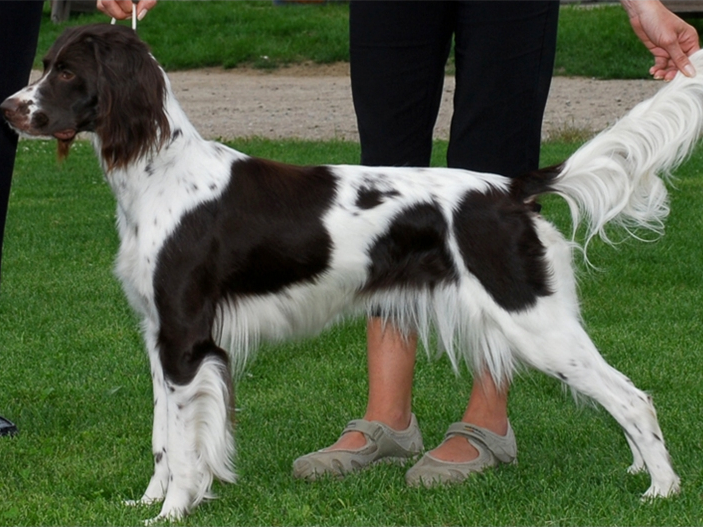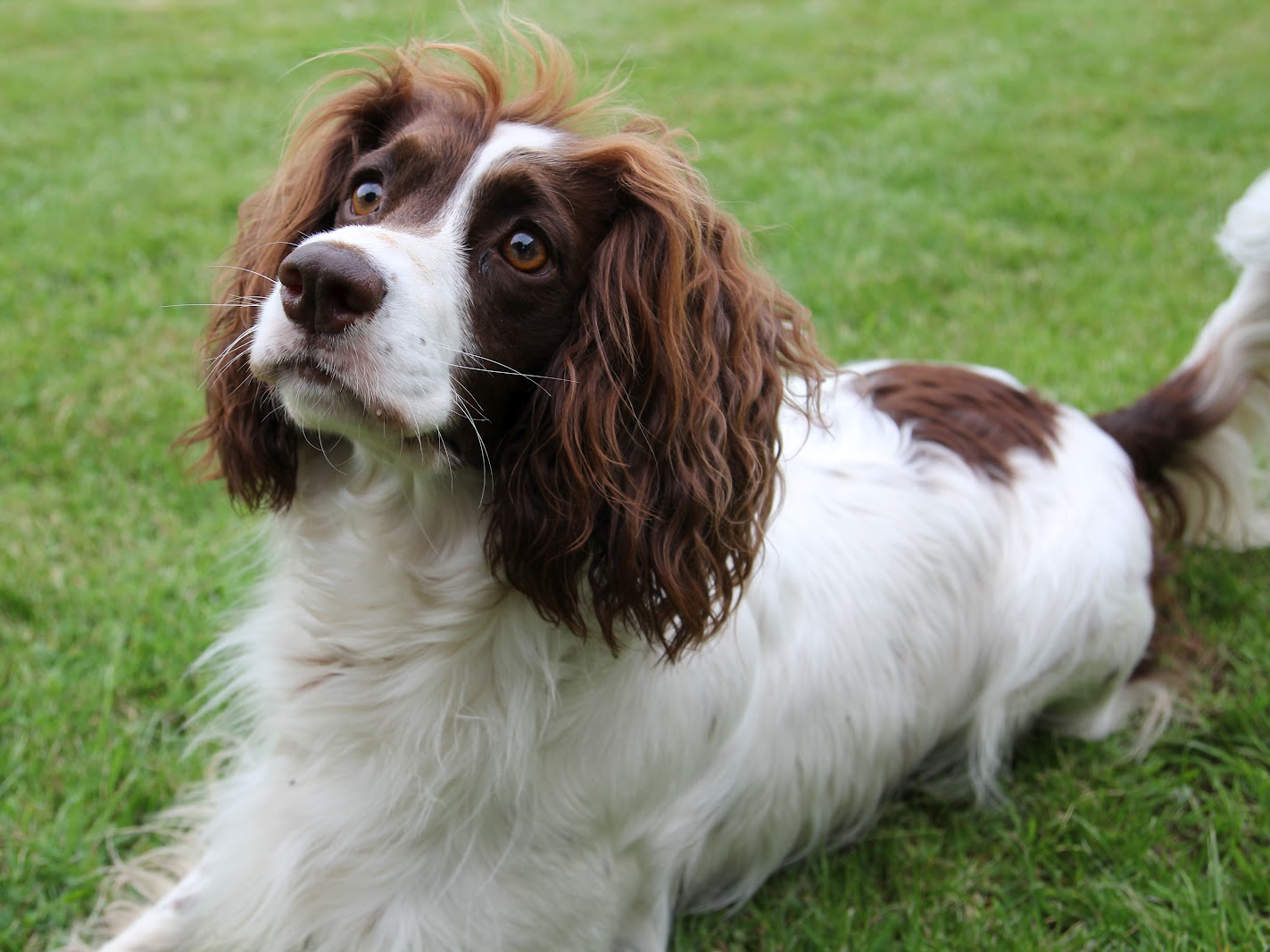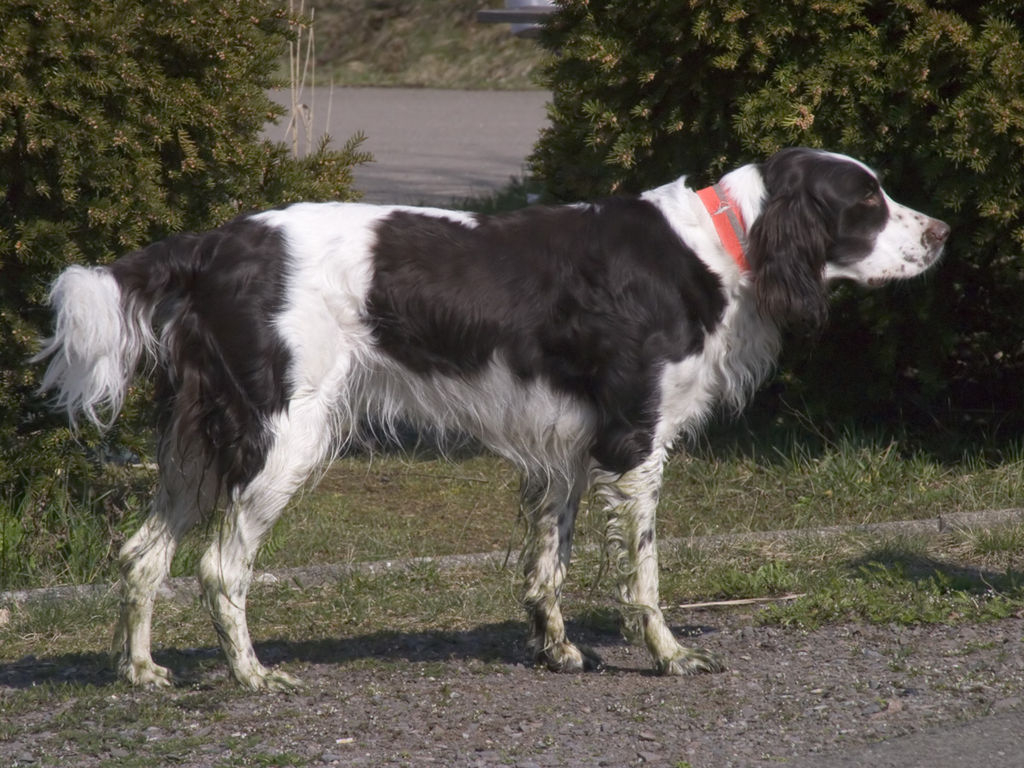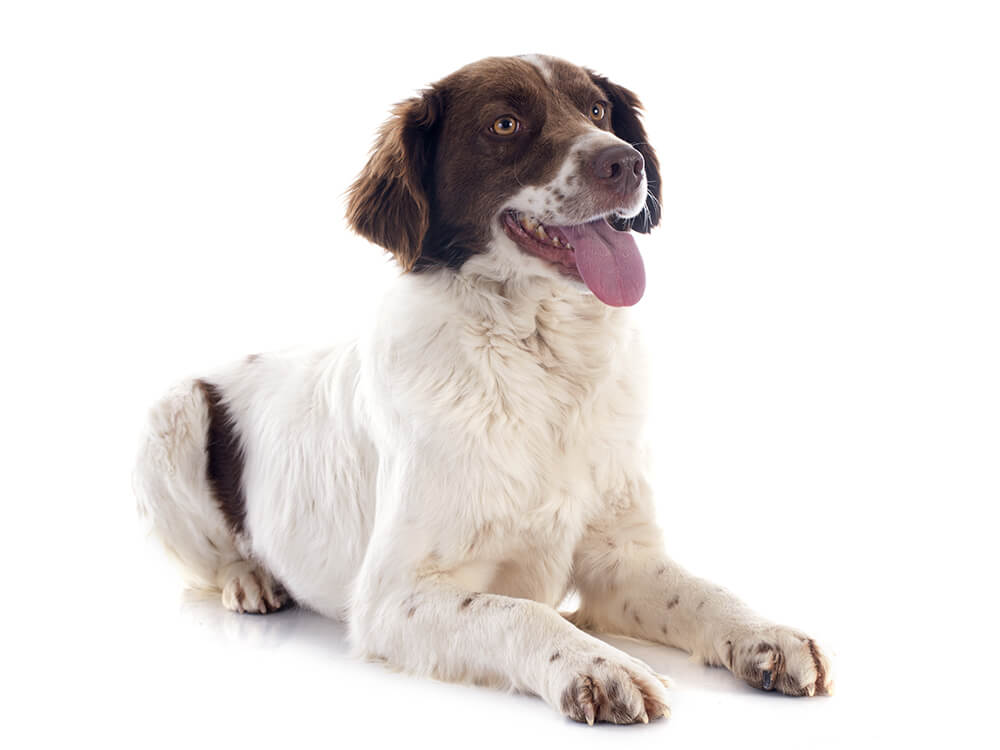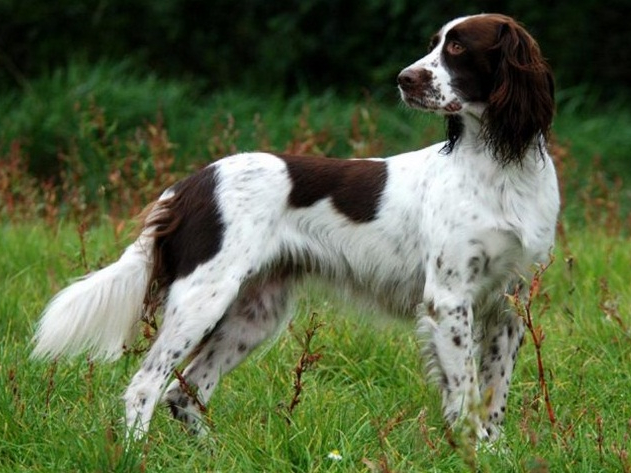
French Spaniel Breed Pictures
Vital Breed Stats
| Height: | 55 - 63 cm M | 54 - 61 cm F |
| Weight: | 20 - 27 kg M | 20 - 27 kg F |
| Life Expectancy: | 11 - 14 years |
| KC Registered: | No |
Breed Characteristics
| Size: |  |
| Grooming: |  |
| Exercise Level: |  |
| Trainability: |  |
| Barking Level: |  |
| Good with Children: |  |
| Good with other pets: |  |
| Affectionate: |  |
| Protective: |  |
| Cost to Keep: |  |
Give a thumbs up if you love the French Spaniel

0
More About the Breed
History
The earliest recorded mention of the French Spaniel was in the fourteenth century courtesy of Gaston II of Foix-Bearn in The Master of Game. However, this breed has been thought to have emerged around the eleventh century during the Crusades.
This bird dog was valued for its retrieving and setting abilities. It later became popular amongst the French and Russian nobility as it also proved to be an affable companion.
Later, the French Spaniel branched out into a variety of types. It then underwent a process of selection and refinement and later became a well-established breed. Then, in the mid-1800s, it became a parent breed for the Brittany spaniel. In the late 1800s, James de Connick set up the first breed standard for this dog.
Despite being a parent breed to other spaniels, the French spaniel’s popularity waned at the start of the twentieth century. The advent of foreign gun dogs was one major culprit. The breed’s numbers fell so low, it nearly became extinct. What kept it from dying out were the efforts of Father Fournier, a French priest. He took in the remaining canines in his kennels and developed them further. The contemporary versions of the breed are of the lineages under Father Fournier’s care.
The French Spaniel later began to be known in other countries after it was introduced in the 1970s in Canada. Today, it is acknowledged by the American Kennel Club and the Fédération Cynologique Internationale. However, it is not yet recognised by The Kennel Club. As such, and also due to its late introduction to foreign shores, there are very few French spaniels in the UK.
Appearance
Taller in stature than the English Springer Spaniel, the French Spaniel stands at an average range of 56–61 cm. Its weight ranges from 20 to 27 kg.
With a medium-sized, muscular body, this dog breed has a squarish skull and a muzzle that is a bit shorter than its skull. It has an expressive set of oval-shaped eyes, the colour of which can range from cinnamon to dark brown. Its ears flop down the sides of its head and have some feathering.
Its neck is arched and strong, and so is its straight back. Its chest is deep and its abdomen tucked. The loins are muscular and its tail has long feathers along it, including the back legs. Its legs are lean and of moderate bone density. Its toes are arched.
The French Spaniel’s silky coat is dense and of medium length. It is shorter and finer around its face and longer on the ears, back of its legs, and tail. The coat is usually a white-and-brown combination, although the shade can also range from light cinnamon to black.
Grooming
Temperament
Intelligence
As a pet that is eager to please, this dog is not naturally aggressive and is easy to train. This is thanks to its intelligence. However, as it is sensitive, it should be trained using positive reinforcement. It may tend to bond deeply with a single family member, which should be the one training it, but it can interact with other members. It requires a spacious home to allow it to stretch its active muscles. As such, this dog is not ideal for apartment living.
It should be mentally and physically challenged enough to keep it balanced and happy. Activities that harness its pointing and retrieving capabilities are recommended.
Feeding
Follow a set feeding schedule consistently and provide the same food that your French spaniel is used to in order to avoid stomach problems. However, if you need to shift to another type of high-quality food, do so gradually. This helps your pet to adjust accordingly without complications.
Puppies must be fed 3–4 times a day, whilst adult ones can be fed twice a day. Adult French spaniels can be fed 2 ¼–3 ¼ cups of food daily, depending on its activity level, size, and age.
Health
- Epilepsy
- Hip Dysplasia
- Entropion
- Acral Mutilation and Analgesia
- Ear infections
Exercise
Cost of Ownership
The French Spaniel price depends on its breeding lineage and breeder. The average rate for a well–bred French spaniel puppy is between £455 and £600.
On average, a pet owner will spend about £27–£35 per month. The insurance costs can also affect these cost estimates. For its lifetime (10–12 years), the costs can range from £3,240 to £5,040 overall. This estimate does not include the expenditures incurred in buying a puppy yet.
Is a French Spaniel Right for You?
- This canine is gentle with kids and very friendly, thus a great addition to families.
- It tends to develop strong bonds with one family member and is prone to separation anxiety.
- Its high energy levels make it an ideal dog for active owners with sizeable homes/acreage.
- The French Spaniel’s coat is, overall, and easy to groom.






